The small coupe is today effectively extinct. But for a glorious decade or so, just as the 1980s drew to a close and then bleeding for a few years into the 2000s, any number of manufacturers would have happily sold you a compact 2+2, roughly 13 feet long and fizzing from a small engine up front.
Some hid their low-budget roots better than others, but all were more stylish than the cars whose base they sat upon. Few were as practical as their hatchback siblings, but T-tops, pop-ups, glassy cabins, and low-set driving positions all made up for that, while slippery shapes and lightweight bodies helped extract slow-car-fast entertainment from occasionally underpowered mechanicals.

Today they remain low-cost fun, while their rarity and distinctive aesthetics make each and every one a guaranteed Radwood star. Below we’ve concentrated on the smallest, most affordable end of the spectrum; we’ll leave the Celicas, Preludes, and Probes for another time.
Ford Puma
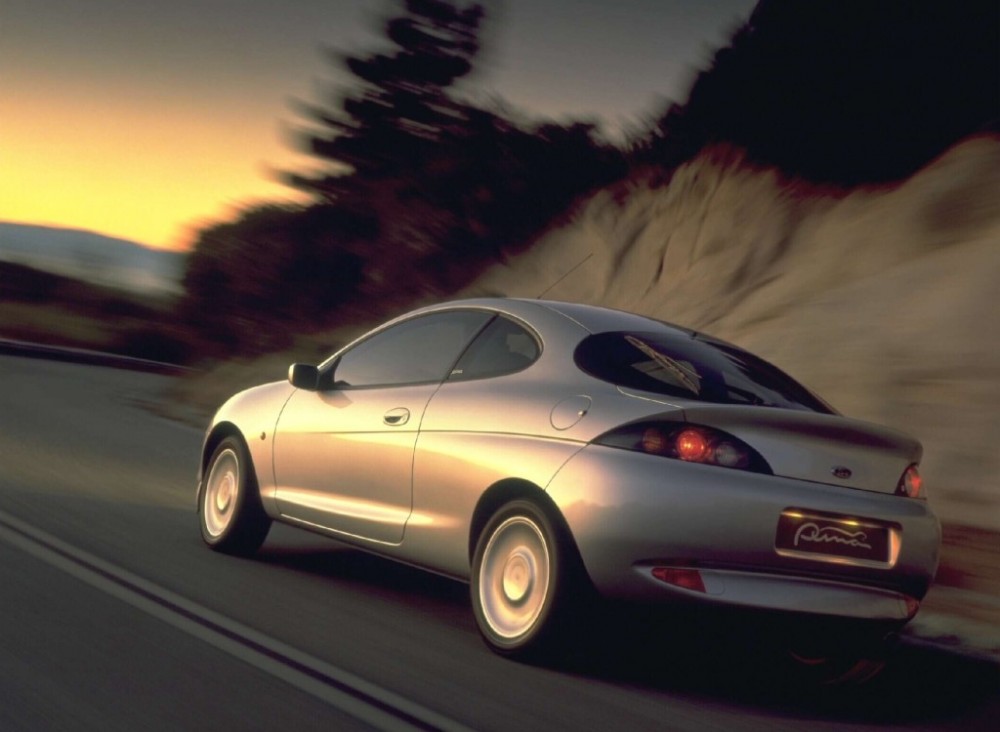
What is it? One of the most significant Fords of the 1990s. The Mondeo of 1993 proved Ford could tune a chassis, but along with the Ka and later the Focus, the Puma showed the company could wield a pen, too. The styling wasn’t universally loved but it was bold and original, nothing like the Fiesta on which the Puma was based (interior aside).
Why was it great? Style was one thing, but the Puma really handled. It couldn’t quite keep up with a 106 GTI in the corners, but Ford’s late chassis guru Richard Parry-Jones believed a car should be safe as well as entertaining, so a Puma wasn’t likely to get you into trouble, either. Great steering, fab body control, and a lovely gearshift. High-set seats put a few people off, and history has shown they rust like a shipwreck, but a good one is one of the best cars of the 1990s, full stop.
Honda CRX
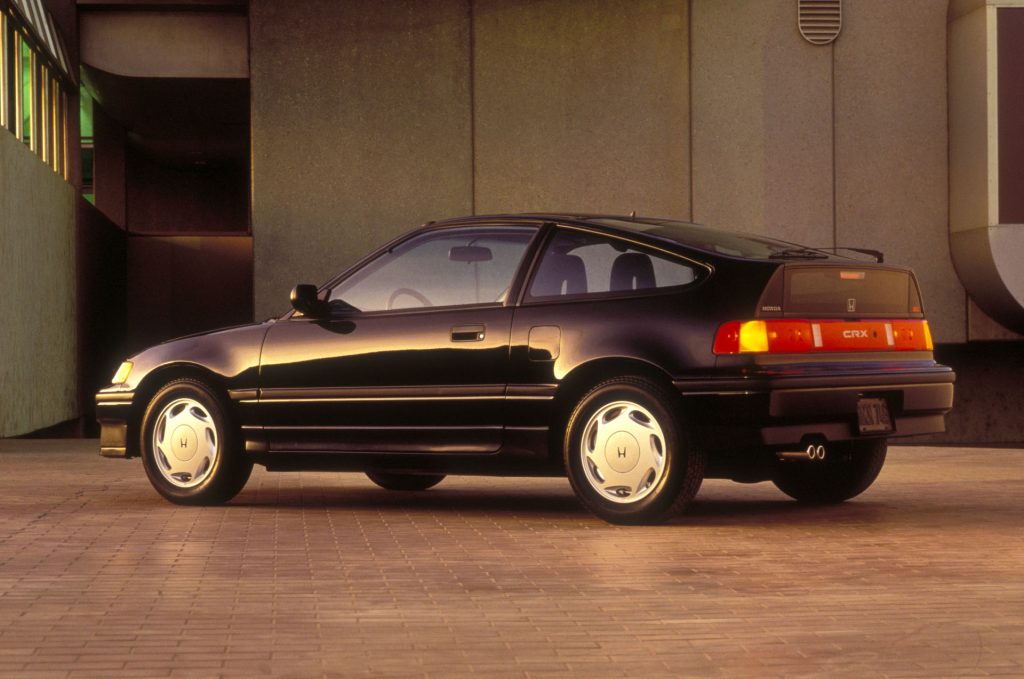
What is it? A fourth-generation Civic with a shorter wheelbase, shorter body, and a lower, raked roofline. The second-gen CRX is really a child of the 1980s, but its cultural impact extended well into the ‘90s and 2000s and outweighed its Del Sol successor, so we’re including it here. A wide range of engines across various markets meant the CRX served the purpose of everything from a good-looking commuter to a true front-drive sports car.
Why was it great? The styling, and the spiciest engines. The CRX really came of age in its second generation, somehow both cheeky and sophisticated, and gave Honda the design cue of a split rear window, which it has used on umpteen cars since, including the CRX’s spiritual successors – the Honda Insight and CR-Z. But the availability in some markets of a 158bhp 1.6-litre VTEC engine and four-wheel double-wishbone suspension made it screaming good fun, too.
Hyundai Scoupe
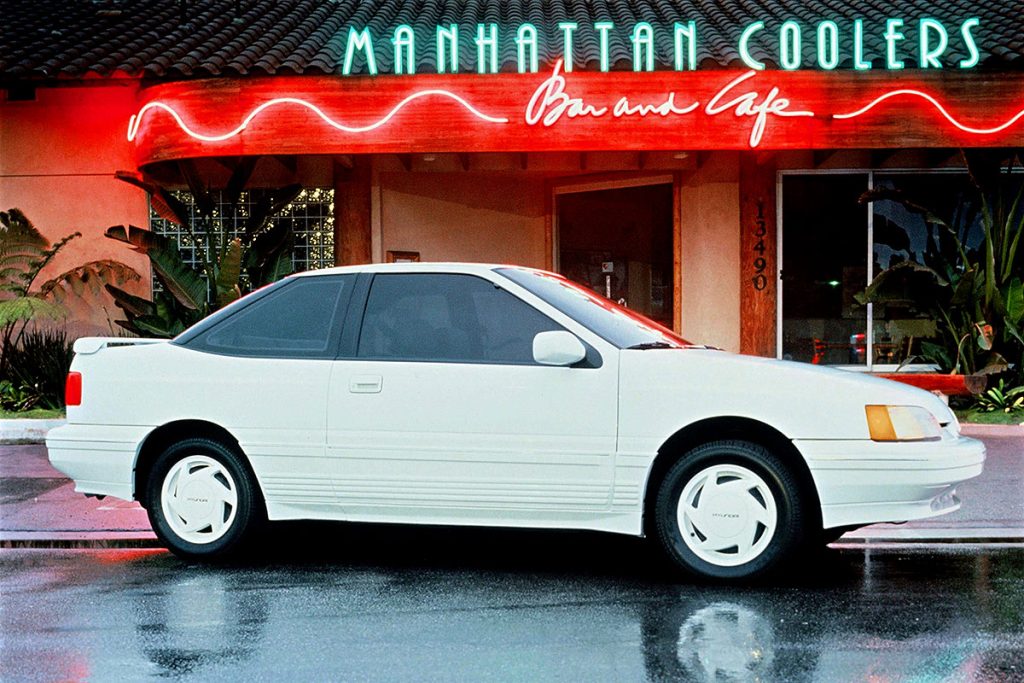
What is it? An early attempt by Hyundai at drumming up excitement in its otherwise very worthy, price-first model lineup. The Scoupe lasted from 1990 until 1995, with naturally-aspirated and turbocharged versions and a play-it-safe three-box silhouette, before making way for the more novel Elantra-based coupé (Tiburon in some markets).
Why was it great? Less “great” than maybe just “kind-of alright.” Best appreciated in turbo form, but that still only got you 114bhp – and even that was a bit too much for the chassis to handle. Better viewed today as an unusual relic from the era than as one of the decade’s better small coupes. Provided you can find one, anyway.
Mazda MX-3
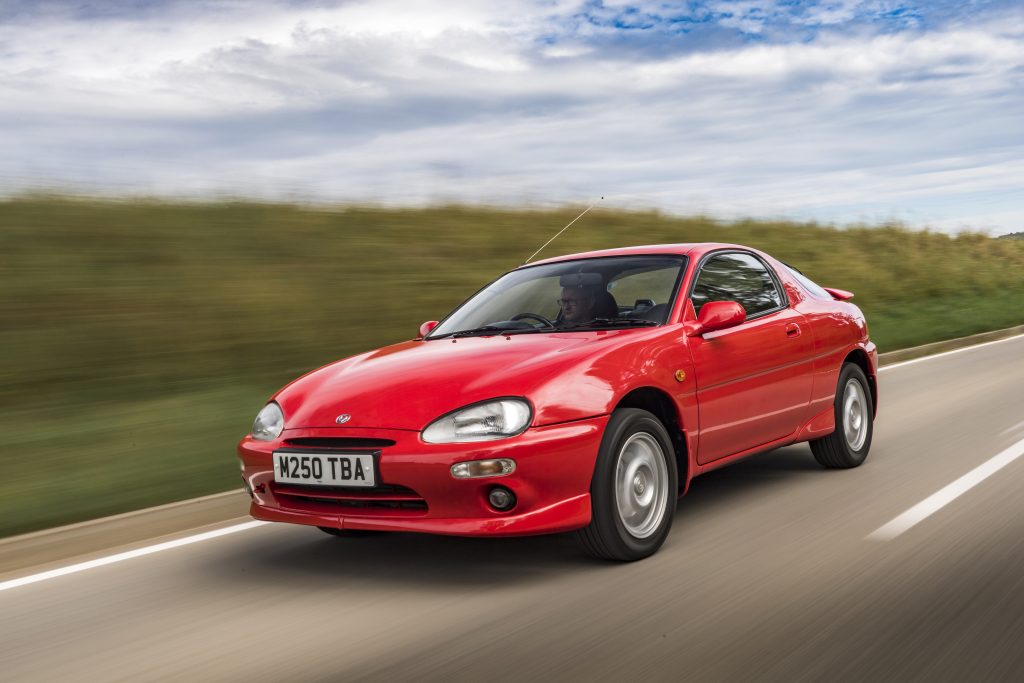
What is it? Typical Mazda madness, provided you got the right engine. The range kicked off with a 1.6-litre four-cylinder, but the one you really wanted was the 1.8-litre V6, which wasn’t the smallest-capacity V6 ever put in a production car, but isn’t far off. Pretty styling fits right in alongside Mazda’s other sporty models, the MX-5, MX-6, and RX-7.
Why was it great? That engine, mostly. Even in-period, its 130bhp output wasn’t much when Honda was getting nearly 160bhp from a 1.6-litre four, but no four-pot in the world was as smooth as the ‘K8’ V6 with its tiny 75mm bores and even shorter 69.6mm stroke. Nearly as smooth as a rotary and more musical to listen to, the MX-3 V6 had a decent chassis too, if not quite on the same level as some of the decade’s hot hatchbacks.
Nissan NX
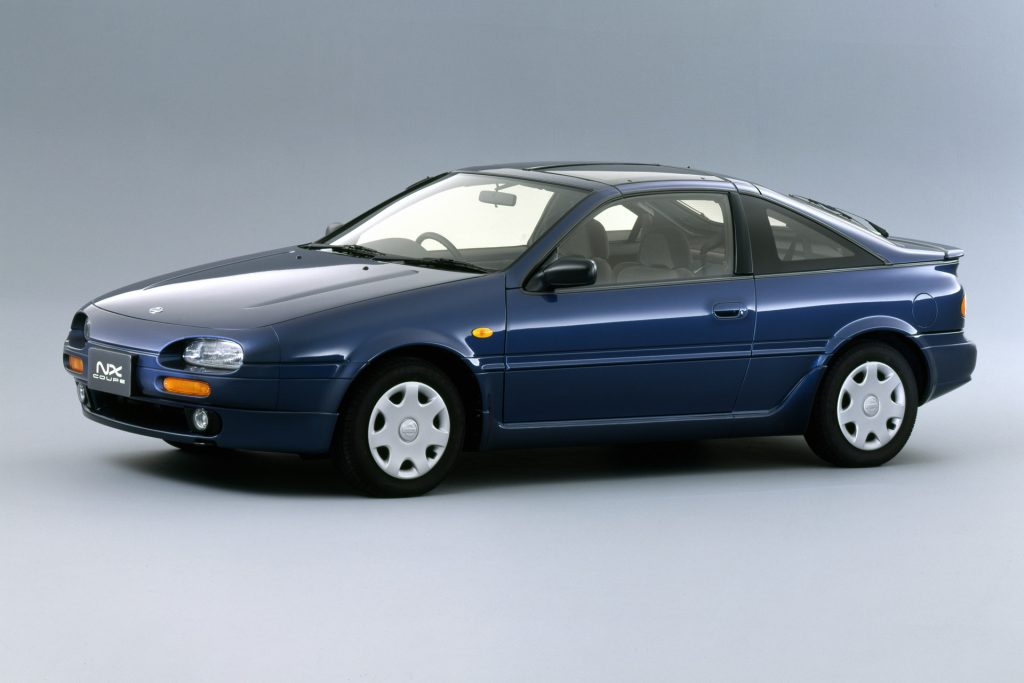
What is it? A curious-looking coupe that arrived in 1990 to replace the even weirder Nissan Pulsar EXA offered in the US, and the dull Sunny coupe in Europe. It looks like it’s permanently squinting, but all models got a T-top roof arrangement, which probably helped it steal a few convertible buyers as well as traditional coupe types.
Why was it great? The NX’s greatness depends largely on where you live. US buyers got an NX 2000 with a healthy 140bhp SR20 engine, which made it a fun road car and turned it into a bit of a demon on the race track. The UK and most European countries were lumbered with a 1.6-litre making 101bhp at the most, and a chassis that wasn’t quite sharp enough to tempt people from their hot hatches.
Proton Coupé
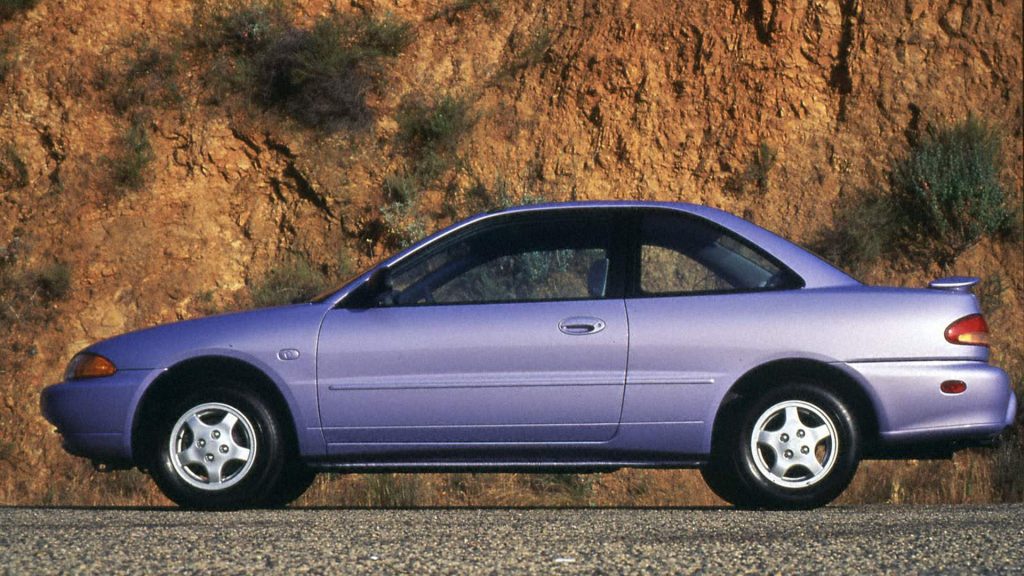
What is it? A rebadged Mitsubishi Asti coupé from the early ‘90s, reintroduced by Proton in 1996 and wisely renamed ‘Coupé’ in the UK, instead of ‘Putra’ in its native Malaysia. It was surprisingly sophisticated underneath thanks to its Mitsubishi provenance, with struts up front and a multi-link at the back, plus the de rigueur twin-cam four under the bonnet producing 133bhp from 1.8 litres – more than in a Puma.
Why was it great? It just missed out on greatness, truth be told. The Coupé looks handsome today but in a world of Tigras and Pumas it seemed very dull indeed, and the early ’90s Japanese dashboard built on a mid-’90s Proton budget didn’t help. It did get Recaro seats, though, and drove pretty well, but even a factory race series in the UK couldn’t generate much buzz. There are somehow still around 20 left registered in the UK, according to How Many Left, but when did you last see one?
Renault Mégane Coupé
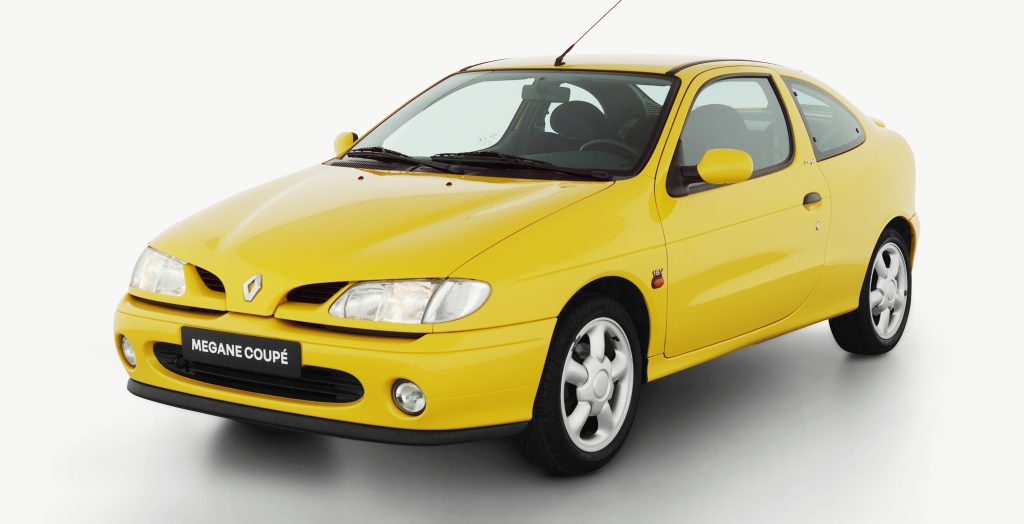
What is it? One of the sprawling range of five Mégane models (hatch, Coupé, Convertible Scenic, Classic) offered within a year or so of the launch of Renault’s new family car in 1996. There was a 1.6-litre model to tempt people into the showrooms with a low price, where they could swoon at the 16v, which nicked its 150bhp engine from the Clio Williams. It was a “proper” coupé too, with a boot rather than a hatchback.
Why was it great? Some reviews were more positive than others. It was never quite as beloved as the Clio Williams or even the old Renault 19 16v, but it was still sharp and agile, and the stubby styling stood out, especially in vivid Sunflower Yellow. They’re astonishingly rare today, and perhaps best remembered for spawning the savage Mégane Maxi F2 rally car which won, among other things, two British Rally Championship titles on the trot, in 1998 with Martin Rowe and in 1999 with Tapio Laukkanen.
SEAT Cordoba Coupé
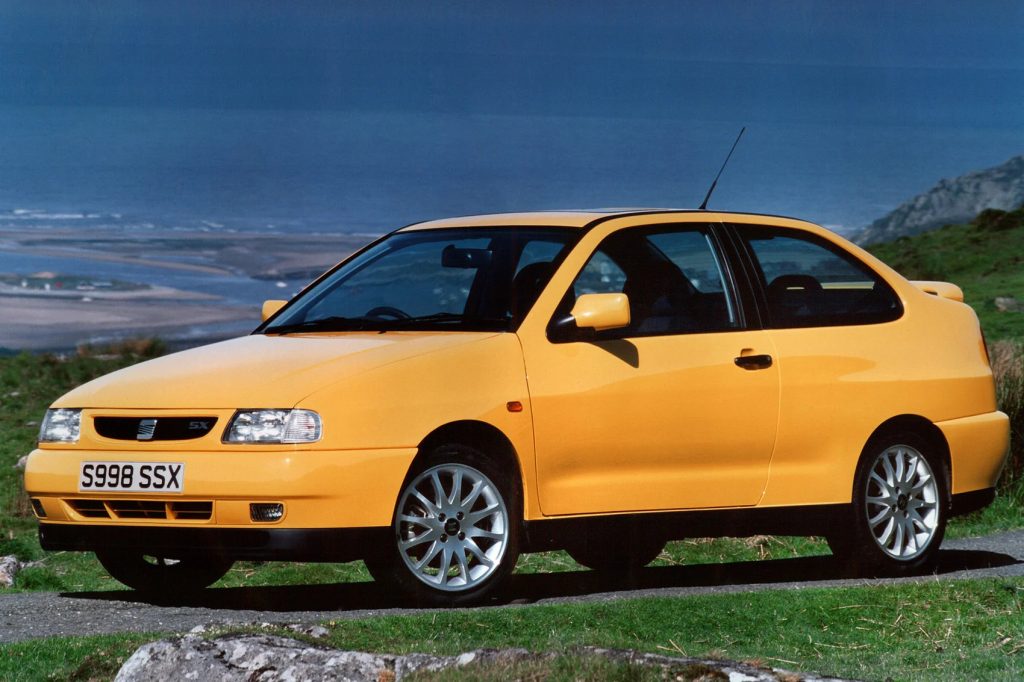
What is it? A car that stretches the definition of “coupé” to breaking point. Based on the Cordoba, which itself was a stumpy four-door saloon variant of the Ibiza supermini, the Cordoba looks a bit like two different cars welded in the middle, though like the Ibiza, SEAT did cram in a Golf GTI–sourced 148bhp 2-litre twin-cam four.
Why was it great? Like a few others here, “great” is probably giving it a little too much credit, though like the Ibiza it was arguably better than the Golf GTI of the period. Chunky VW-era build quality was probably its unique selling proposition, though a WRC campaign from 1998 to 2000 with a wide-arched, bright yellow version gave it an image boost.
Toyota Paseo
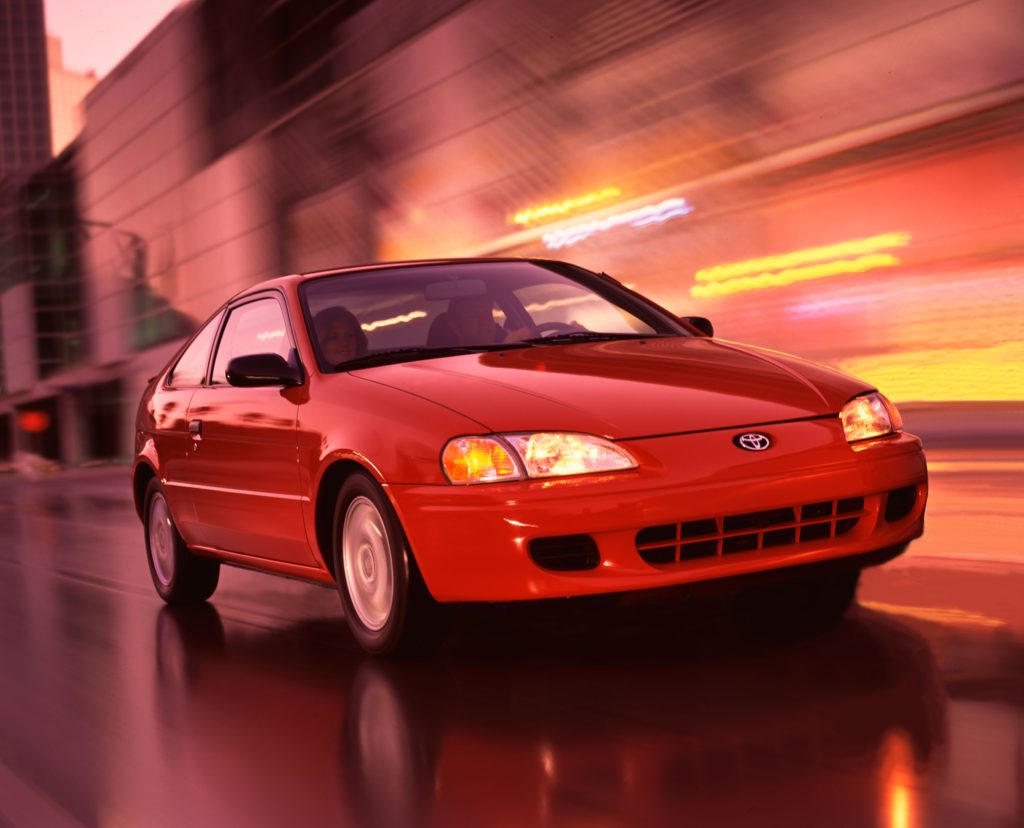
What is it? As was often the case with small coupes, the Paseo was based on something far more prosaic, the Toyota Tercel, which also shared parts with the Starlet supermini. Toyota sold the Paseo across two generations spanning almost the entire decade – early cars were a bit peppier, later ones arguably prettier.
Why was it great? “Great” is probably overselling the Paseo slightly. It never got a truly hot version and the struts/beam-axle suspension combo wasn’t as sophisticated as say, the Honda CRX’s double wishbones. Several rivals looked sharper too. But few small ‘90s coupes could soak up the punishment of youthful owners quite as well; find a good one today and it’ll probably last forever.
Vauxhall Tigra
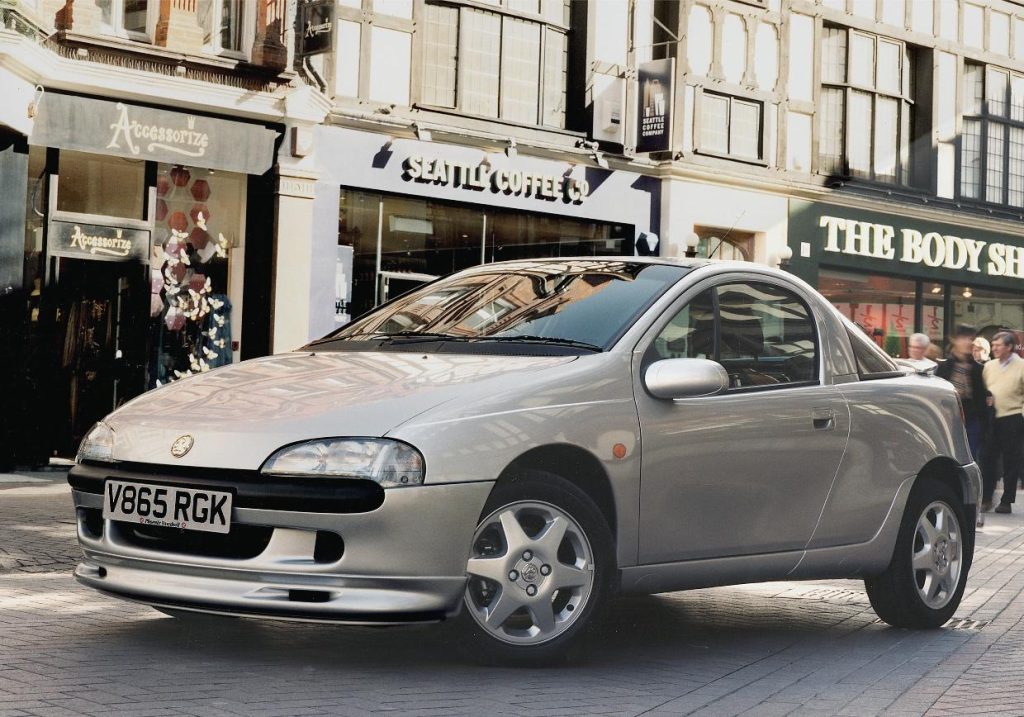
What is it? A second-gen Corsa in sharp 1990s drip. It was outrageously desirable at launch, despite love-or-hate-it styling that made you wonder if they’d considered a pickup version. And while it didn’t drive too differently from the Corsa, that wasn’t really an issue until the Puma arrived, since other small coupés at the time weren’t giving 106 XSis and Clio 16vs much to think about anyway.
Why was it great? Vauxhall in the ’90s was a purveyor of decent-enough cars but rarely exciting ones. The Tigra showed that someone, somewhere within General Motors had a sense of humour. The styling has arguably got better with age, partly thanks to rarity, and they look impossibly tiny out on the road. By early ‘90s standards, the 1.4 and 1.6 engines still hold up, and being Corsa-based it’s far from taxing to drive.
Volkswagen Corrado
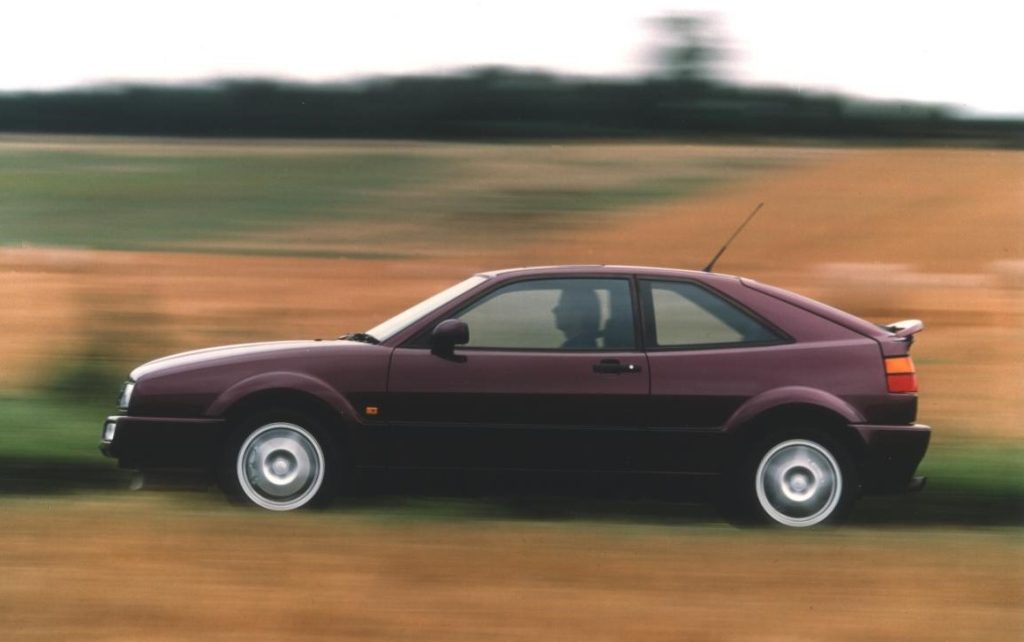
What is it? Volkswagen’s follow-up to two generations of Scirocco, and another car of the 1980s that really made its mark in the 1990s. It’s a little more grown-up than most on this list, and with the option of either a 2.8-or 2.9-litre VR6 engine depending on the market, you could say it was aimed at larger and more prestigious coupes. But it’s certainly compact, and indeed shorter than cars like the Paseo despite packing a much bigger punch.
Why was it great? The squat, squared-off, pugnacious styling is a Corrado highlight, even if you’d struggle to call it pretty, but the handling was the real star of the show thanks to its similarities with the Mk2 Golf GTI (rather than the disappointing Mk3 it overlapped with). Garrulous steering tells you exactly what the front wheels are doing, which is usually gripping very hard indeed.









I grit my teeth to point out, you’re listing numerous non-classics here that will never be in the Hagerty valuation tool, and the VW Corrado belongs with the Celicas, Preludes, and Probes.